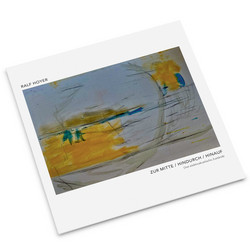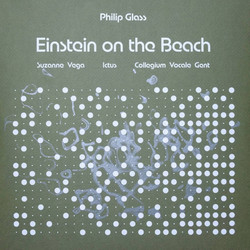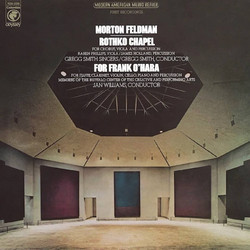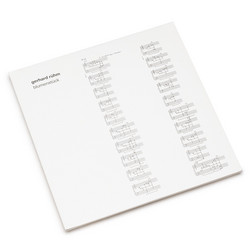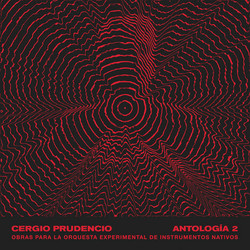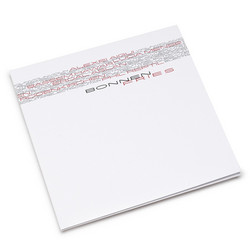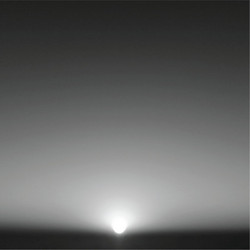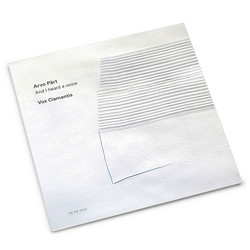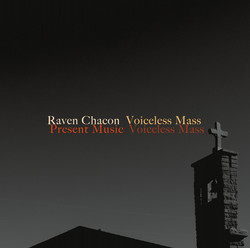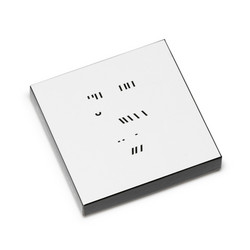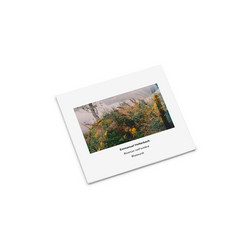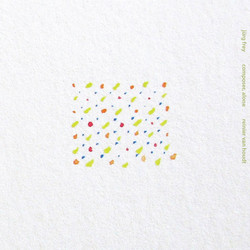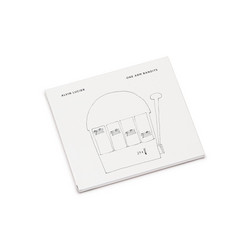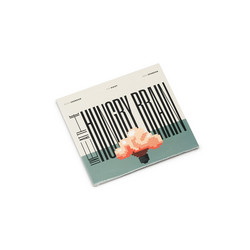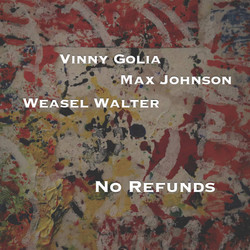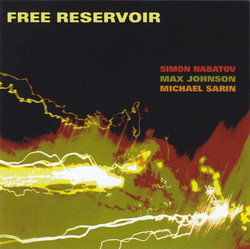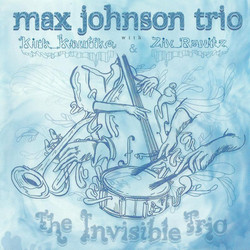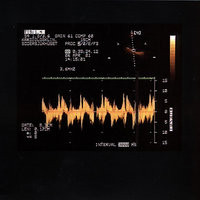Tip! *In process of stocking* "On "When the Streets Were Quiet", composer, bassist, and bandleader Max Johnson turns the focus to his finely wrought chamber music. Active in many contexts, Johnson is voraciously eclectic and impressively versatile. The works on this collection betray little overt reference to his wide range of stylistic activities, instead zeroing in on his craft centered approach to composition. With an emphasis on counterpoint, imitative textures, structural markers defined by instrumental relationships, and broad arcs of direction and activity, Johnson creates lush, intricate works that balance an elegiac lyricism with well considered rigor. The featured performers are violinist Lauren Cauley, violist Carrie Frey, cellist Maria Hadge, clarinetist Lucy Hatem, and pianist Fifi Zhang.
"Minerva" for clarinet, violin, viola, and cello opens the program with swooping lines that snake between the instruments of the quartet. Punctuated arrival notes articulate the direction of the composite line; splashes of harmonic color emerge from the living canvas of activity. When the texture thins out, a pointillistic klangfarben reveals itself more clearly, spinning out one thread of melody as its tone color constantly morphs. The ensemble sections of "Minerva" are set off by expressive solo and duo passages, contrasting the hybrid expression of the tutti sections with moments of intimate drama. A dense climactic section releases the work’s accumulated energy with a torrent of layered lines (perhaps reflecting the influence of Johnson’s mentor and dedicatee of the work, composer Jason Eckardt) before the piece finishes with a poignant cello solo.
The clarinet takes a central role in "Nine O’Clock When the Streets Were Quiet," joined by violin, viola, and cello. The strings provide an ominous pad of closely spaced intervals over which the clarinet plays a searching figure in an initially compressed register that patiently expands over four minutes, intensified by accents and sudden tremolos in the strings. In the second section, the clarinet drops out, as the strings weave around each other in a similarly small register, like reptiles slithering in the mud. This time the cello and viola widen the register, driving towards an arrival, while the clarinet and violin provide long, connective tones. The sustained textures become the primary idea in the subsequent section, and indeed the remainder of the piece, as the texture slowly settles into the intense closely spaced intervals from the opening to close, this time in a higher tessitura. Johnson’s sound painting of a nighttime streetscape is one of tense apprehension and foreboding.
Johnson’s "String Trio" is organized into multiple sections delineated by solos, pitch areas, and texture, and is primarily written in a harmonic language that evokes the early 20th century transition from extended tonality into free atonality. It takes a surprising turn at the five minute point to a setting of a Barber-esque melody, briefly referencing a familiar kind of mid-century, wide-eyed Americana. An accented four note chromatic figure interrupts the reverie and anchors the following contrasting section, returning the piece to the thornier pitch landscape, now accompanied by vigorous rhythmic interplay. Percolating pizzicati animate the texture before the work closes with a return to the hopeful material from its midway point, acknowledging and integrating some of the harmonic ambiguity from the other sections of the work in a final progression that ends unresolved on a minor ninth between cello and violin.
"Echoes of a Memory" opens with the clarinet and viola trading off sustained lines, supported by ethereal chords in the piano. The middle register emphasis of the instrumentation is subverted by high sustained notes in the clarinet and clarion harmonics in the viola. Flowing lines in alternating unison between piano and one of the other instruments propel the texture forward towards a torrent of interwoven independent lines. Johnson returns to the watery chords in the piano and sustained tones in clarinet and viola for the close of the piece." - Dan Lippel
